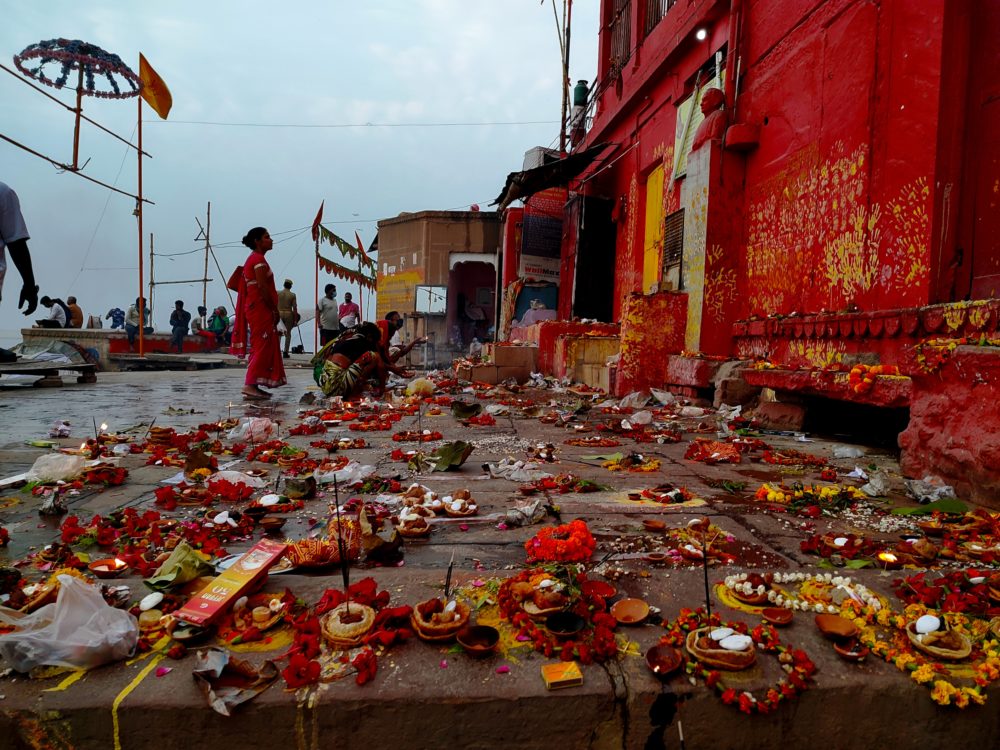One American student from Boston University named Andrew wrote me asking to rent my apartment for his friend, Rinat, from Uzbekistan who needed dialysis services in India for 6 months. They had contacted Appolo Hospital in Delhi before which was quiet expensive and obviously Delhi is very polluted and there was no apartment available near the hospital. They asked me about dialysis services in Benares and I directed them with email address of Heritage Hospital, Varanasi. They wrote to the hospital and found that Heritage offers dialysis for foreigners as well.
I also went to Heritage to ask about their services and charges. They charge Rs. 2500 for the first dialysis and Rs. 1000 for blood check up which is charged only once. Next three dialysis is Rs. 1700 and then 2500 again for the fifth one. So they charge Rs. 2500 for every fifth and Rs. 1700 for the rest of three. It was quiet cheap than Appolo and definitely Benares is less noisy and pollution free than Delhi. Then they asked me to rent my apartment for six months. But I don’t think I was ready to host a sick person who doesn’t know any English, only speaks Russian.I told them about the language problem but they said that they will bring a translator for one week. But I was still worried about the time after first week.
I asked them about present health of Rinat and came to know that he has only one kidney and his hemoglobin was very low, one third of the normal level. It made me a little bit worried about the situation because he was seriously sick. I think Rinat’s condition is very critical and anything could happen with him. They wanted me to contact Indian embassy in Tashkent and tell them that I will be hosting Rinat in India. I was not comfortable writing a invitation letter because if anything goes wrong with Rinat, I will be responsible for it.
I contacted my few friends in the US and Canada about the situation because his condition seems like a very western condition, I don’t know anyone in India who has one kidney. I knew people who died because of kidney failure but I didn’t know anyone who had only one kidney and hemoglobin was one third than the normal level. All of my friends told that they know a lot of people who have one kidney but they were also little worried about the hemoglobin part. Finally I decided, with help of my friends and family, that I will not host Rinat.
But I still wanted to help Rinat and Andrew. I told them that I would like to help them any way but be their host. I told them that I could find a guest house for Rinat, go to hospital, talk to doctors, show them around, hire someone to buy them food and other stuffs etc…. And they all got agreed with it. I have told them to fax me all the medical reports of Rinat so that I could discuss the treatment with doctors.
They want to hire me to assist Rinat for his whole stay. They want me to receive Rinat in Delhi and bring them to Benares, I think I will do it. I have contacted few students in BHU to find one Russian speaking student to work as Rinat’s translator in future. Andrew wants Rinat to learn Hindi also while staying in Benares. So I wrote Bhasha Bharti asking about any Russian speaking Hindi teacher and still waiting for their reply, I think it will be a hard thing.

